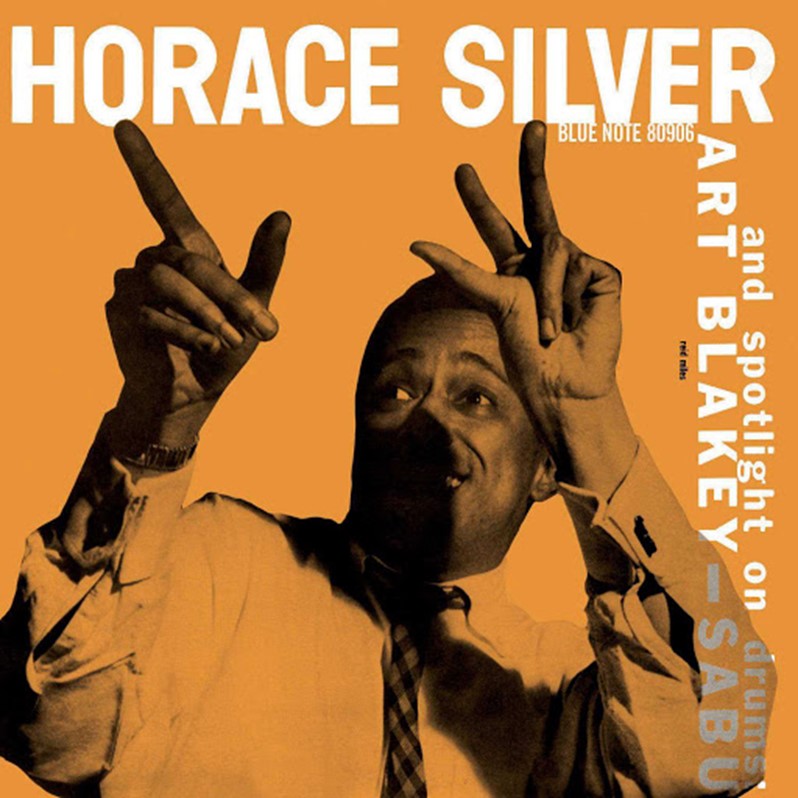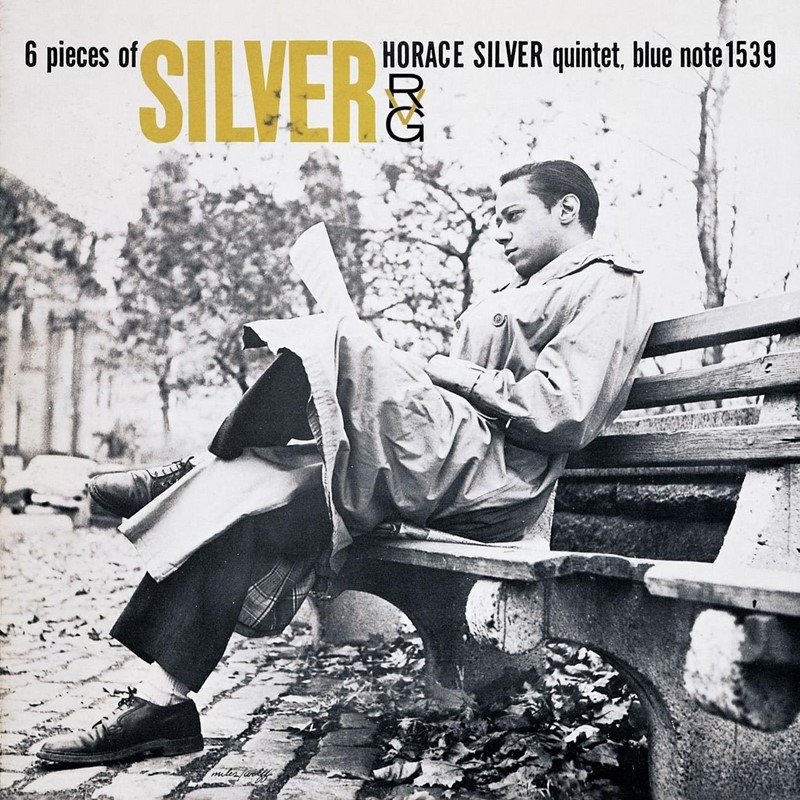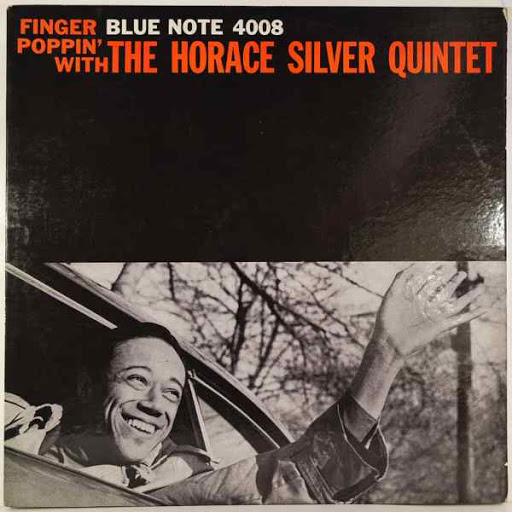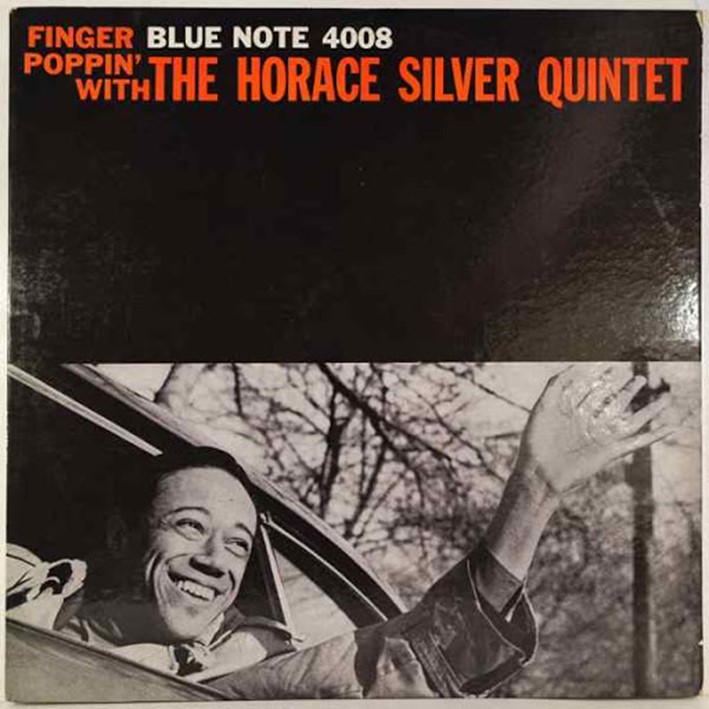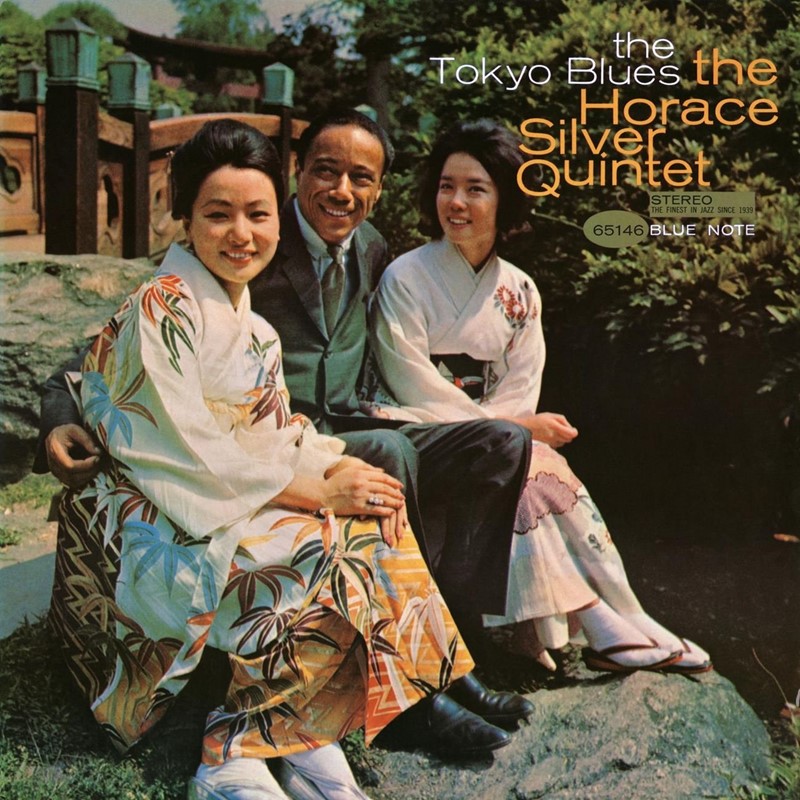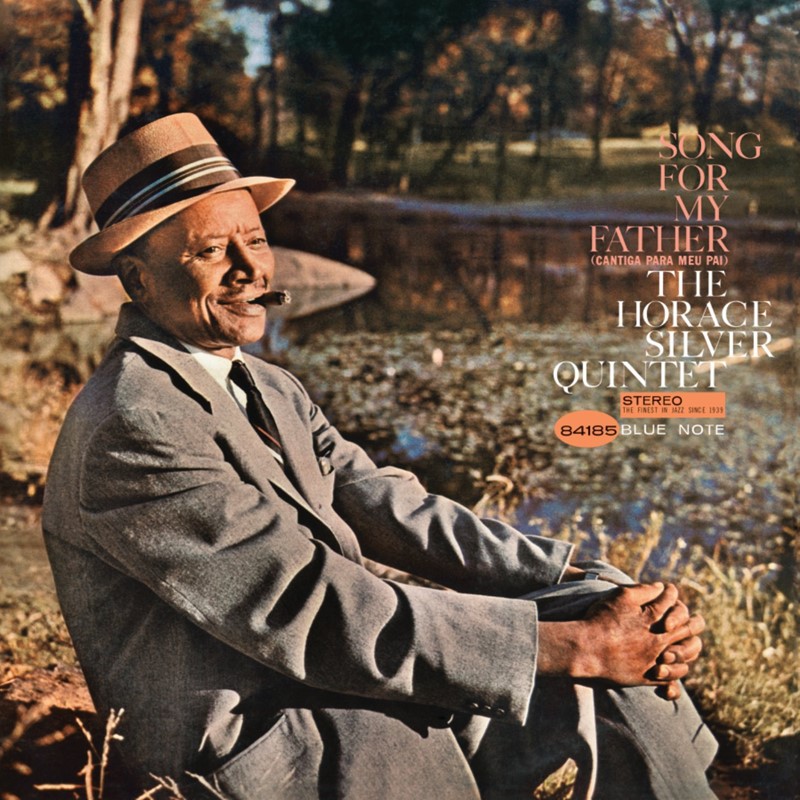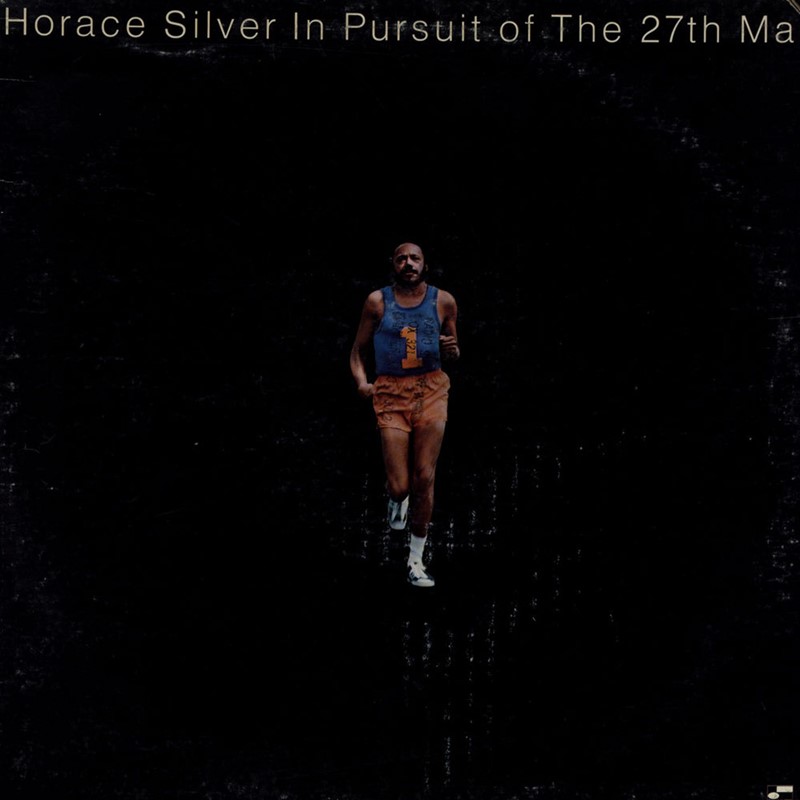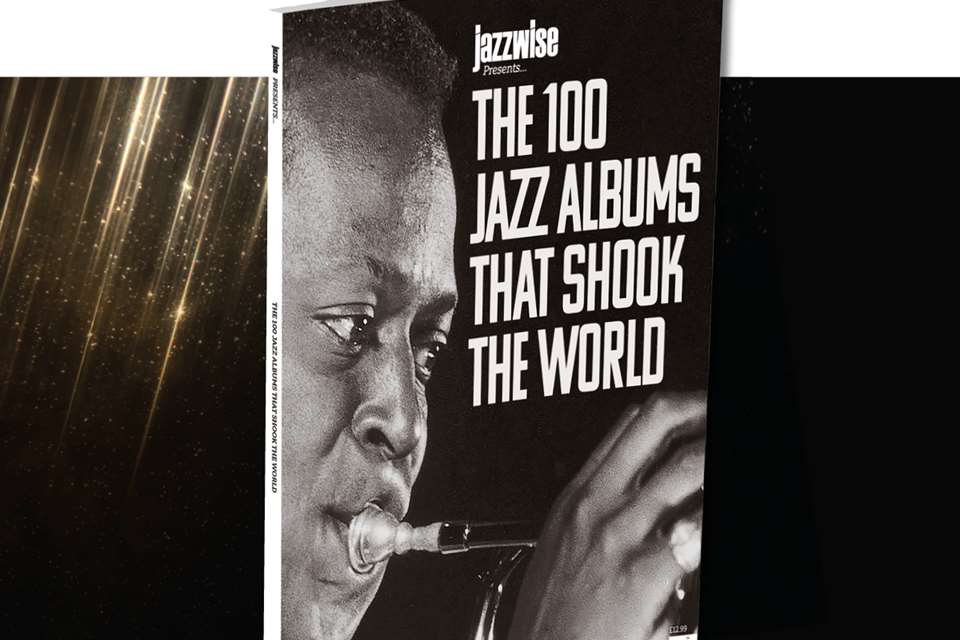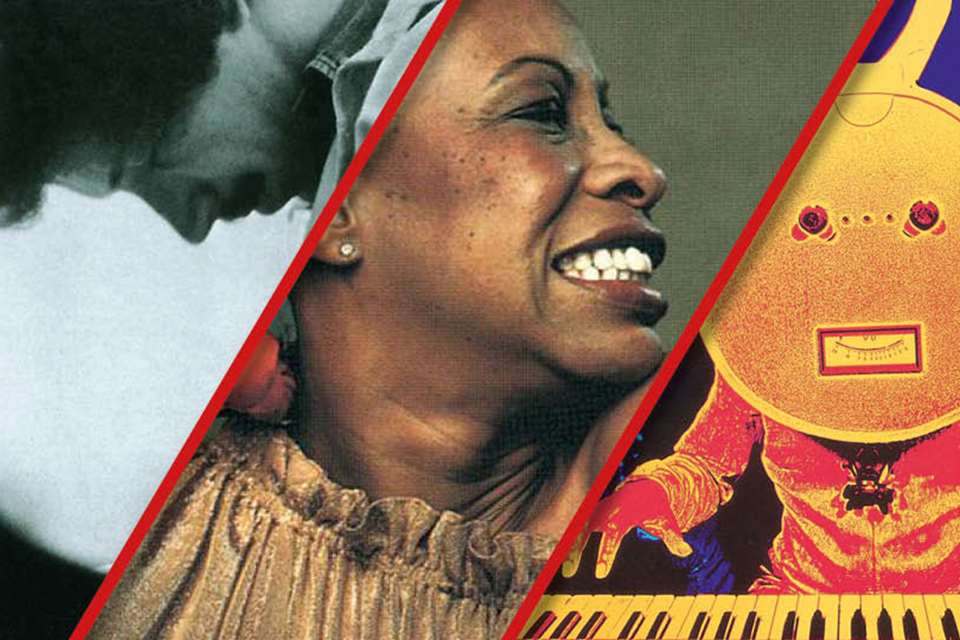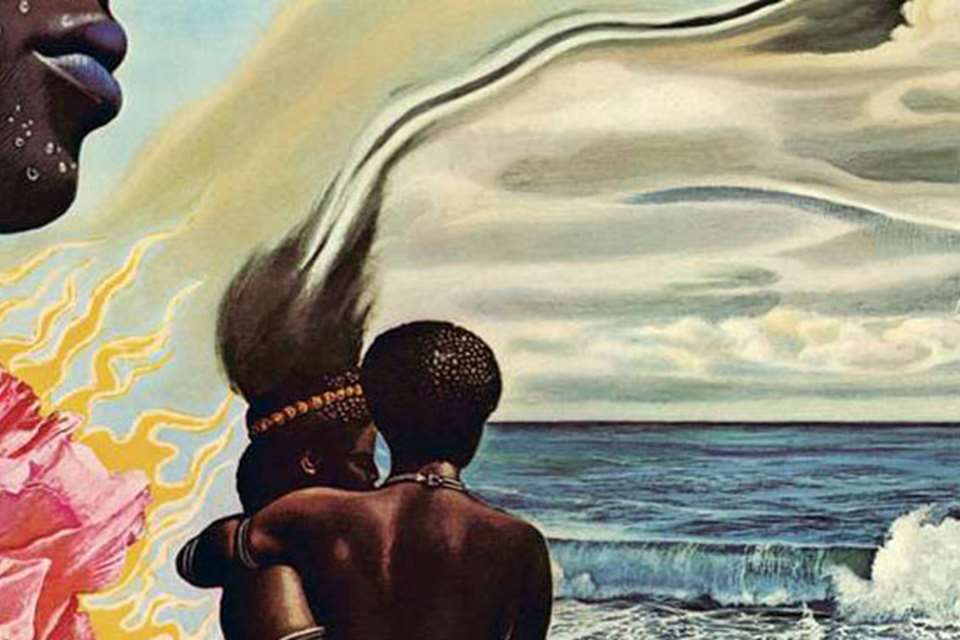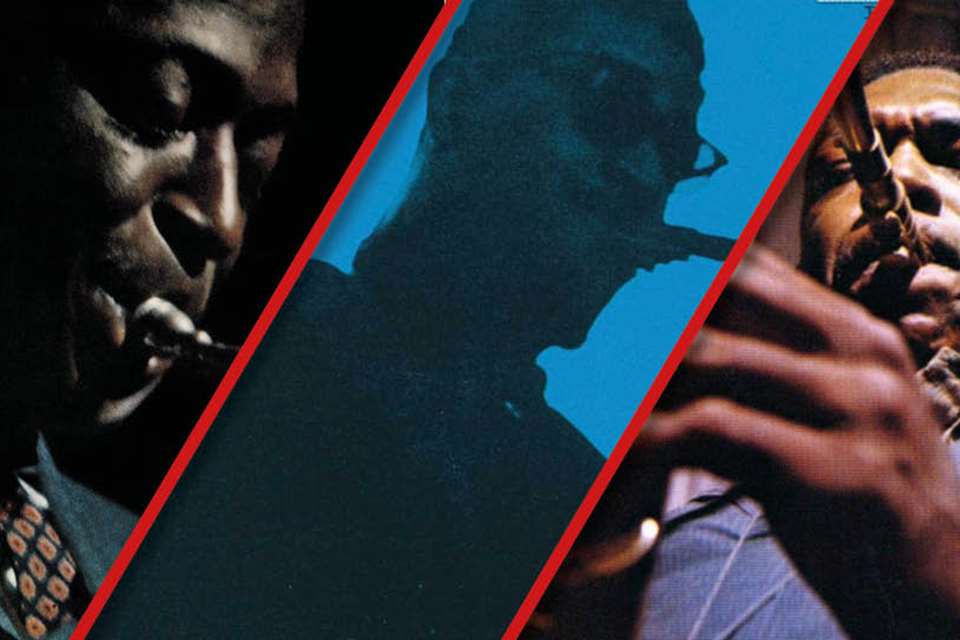Horace Silver: six essential albums
Keith Shadwick
Monday, February 17, 2020
Pianist Horace Silver was one of the most influential pianists in jazz and the very personification and creator of what has been called soul jazz, composing what are now standards such as ‘Sister Sadie’ and ‘Señor Blues’ and piloting a distinctive direction the Blue Note records sound would take. Here are six classic albums
THE HORACE SILVER TRIO
BLUE NOTE
Recorded in 1952-3, Horace may be showing his models here, but more importantly he is showing just how creative he is within the Bud Powell tradition and how distinctive his compositional gifts are. ‘Ecaroh’ and ‘Opus de Funk’ will show you the way.
SIX PIECES OF SILVER
BLUE NOTE
The 1956 date that got the bandwagon up and rolling. After the parting of the ways with Art Blakey, this first Blue Note quintet album under Silver’s name (there had been one for Epic earlier in the year) delivered the imperishable ‘Senor Blues’ and instant acclaim.
FINGER POPPIN’
BLUE NOTE
This February 1959 date delivered the Blue Mitchell-Junior Cook band to the wider world and also gave us ‘Cookin’ At The Continental’ and a whole host of different moods that added up to the most satisfying sum of the parts Silver had yet come up with on a 12" vinyl outing.
THE TOKYO BLUES
BLUE NOTE
The band’s recent trip to Japan, at the time, left a deep impression on Horace, enough to construct a whole album around. It’s hardly full of faux-Japonisms, more packed full of allusions, impressions, sentiments and observations of a very different culture. From ‘Too Much Sake’ to ‘Sayonara Blues’, this is a treasurable set from 1962 of jazz impressions seen through the Silver filter.
SONG FOR MY FATHER
BLUE NOTE
Long in the making but even longer in its outreach of influence, this classic, made in 1963-4, oversaw Silver’s change from the Mitchell-Cook and to that fronted by Joe Henderson with, firstly, Carmell Jones and latterly Woody Shaw. So many flashpoints on this one but it’s still worth remembering that the title cut was good enough to attract Steely Dan to its flame for ‘Rikki Don’t Lose That Number’.
IN PURSUIT OF THE 27TH MAN
BLUE NOTE
This transitional set of sessions from 1972 preserved the traditional Silver quintet sound with the Brecker brothers in the front line but also, as Horace noted in the original liner essay, brings the vibes into a small combo setting, a sound “which has never been used in any of our previous recordings and brings a different tonal colour to the Horace Silver small combo sound.” It sure does – David Friedman’s vibes are a revelation, taking Silver’s sound into places he would continue to explore in the 1970s and beyond.
Never miss an issue of Jazzwise – subscribe today
